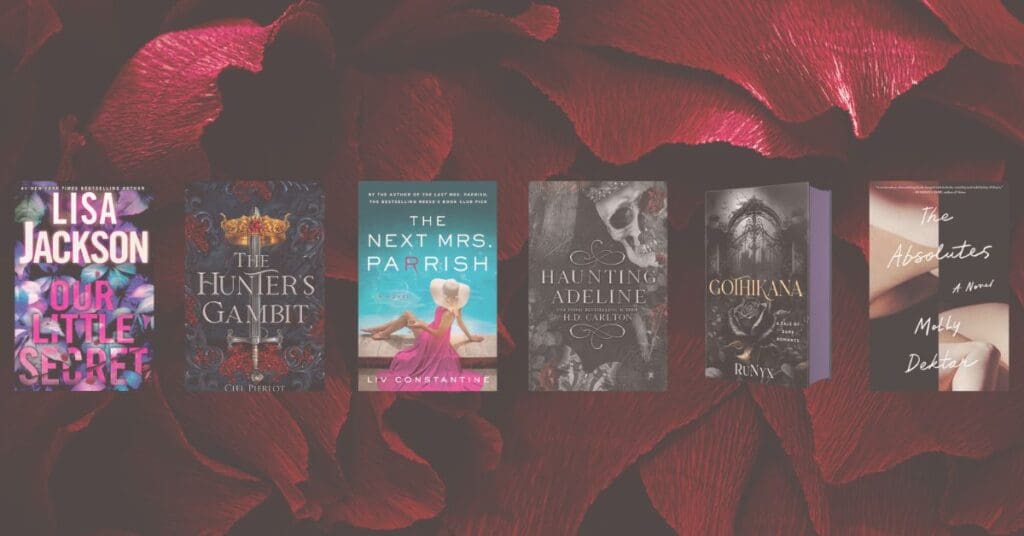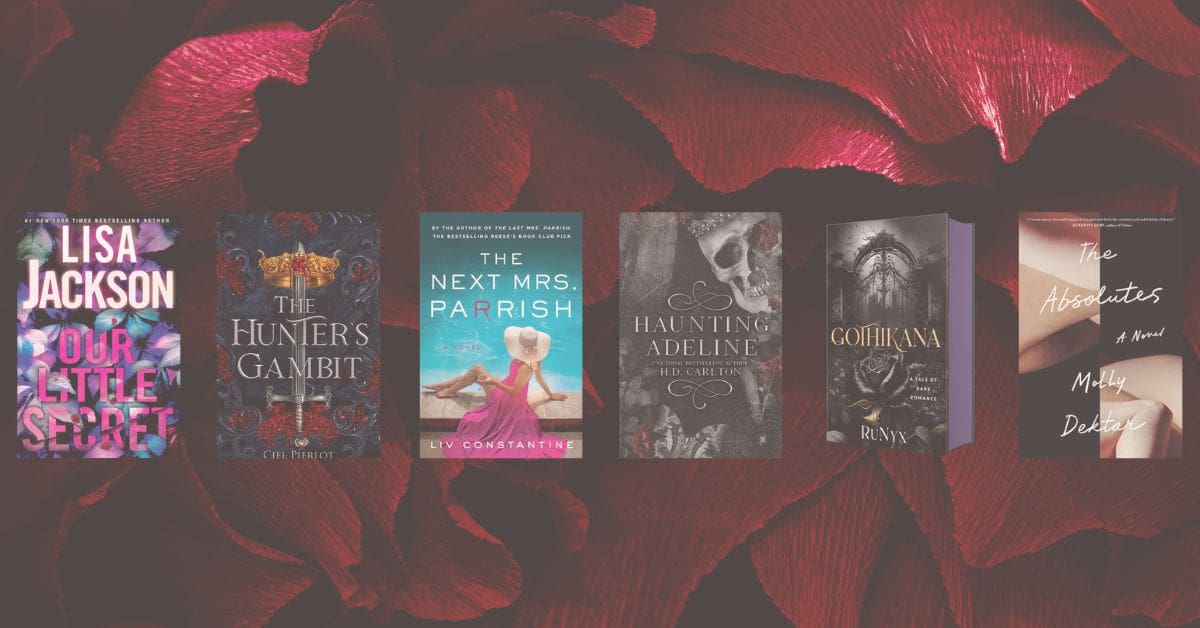Most Famous Symbolism Examples in Stories and Poetry
Symbolism has been an integral part of literature since its inception, and writers have used it to convey a deeper meaning or to represent a theme.
Symbols allow writers to add depth and nuance to their work, and they are often what make a story or poem truly memorable.
Let’s explore some of the most famous symbolism examples in stories and poetry.
The White Whale in Moby Dick
The white whale in Herman Melville’s classic novel is a recurring symbol for both nature and God. Captain Ahab’s obsession with hunting the whale is also a symbol for man’s quest for knowledge and power, and his ultimately futile struggle against the unknown.
But the white color of the whale also represents purity, innocence, and a kind of divine providence that Ahab and his crew cannot comprehend.
And of course, white isn’t the only color with special symbolism in poetry – colors have long been used to convey certain images and emotions.
The Red Wheelbarrow in “The Red Wheelbarrow”
In William Carlos Williams’ poem, the red wheelbarrow is such a famous symbol that it’s even been parodied on The Simpsons.
The image of the wheelbarrow “glazed with rain / water / beside the white / chickens” is a symbol for the beauty and simplicity of everyday life.
Every object in the poem is deliberately chosen for its visual impact, and the arrangement of these objects creates a sense of harmony and balance that reflects the speaker’s appreciation for the things he sees.
The Green Light in The Great Gatsby
Scott Fitzgerald’s novel is full of symbols, but the green light at the end of Daisy’s dock is the most famous.
The light is a symbol for the American Dream, for Gatsby’s hopes and dreams, and for the unattainable nature of the past. The green color of the light represents both money and envy, as well as the promise of new beginnings and growth.
The Pills in The Matrix
It’s not just literature where you’ll find outstanding, long lasting examples of symbolism – they can also be found in film.
The red and blue pills in the sci-fi classic are a powerful symbol for the choice between reality and fantasy. Neo is offered the choice between taking the blue pill and living his life as he always has, or taking the red pill and discovering the truth about the Matrix.
The pills are also a metaphor for the ways in which we numb ourselves to the truth and the outside world in order to preserve our own sense of comfort.
Spring in Poetry
Spring is a symbol for rebirth, renewal, and new beginnings in countless poems.
In T.S. Eliot’s The Waste Land, the arrival of spring is both a hopeful and a frightening symbol, as it brings with it the possibility of change but also the certainty of decay. In e.e. cummings’ “in Just-,” the arrival of spring is a joyful and innocent symbol, as children play and frolic amidst the fresh green growth.
From Classic to Contemporary, Symbolism is Everywhere
Literature, and every walk of life, is full of symbols that can capture our imagination – and tell us deeper truths about the world around us.
By using symbols, writers can convey complex themes and ideas that might be difficult to express in words alone. The examples we’ve discussed here are just the tip of the iceberg, and you will find symbolism absolutely everywhere.
Adding symbolism to your writing is a great way to give your work more depth and complexity and to engage readers on a deeper level. Whether you’re writing a novel, a poem, or a blog post, be sure to use symbols thoughtfully and intentionally to make your work truly unforgettable.
From love poems to explorations of modern culture, discover the harmony of classic prose and a new generation’s best poetry voices. Explore and connect with fellow lovers of poetry here.













